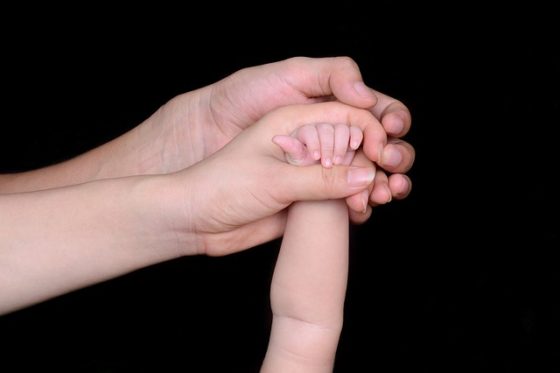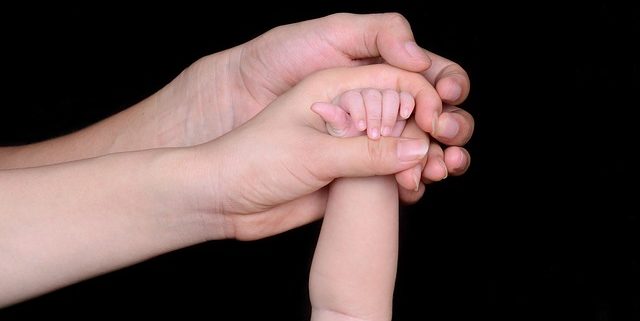Odon Device May Make Delivering A Baby Safer

The good news is that there are plenty of folks out there looking to make labor and delivery safer for both mom and baby. One of those folks started out as a car mechanic, and his Odon device may make a big impact in the safety of difficult deliveries.
What Does Odon Do?
Delivery is a tight squeeze on a good day – that assumes the baby is small enough, the hips are wide enough, and everything is in the right position. If all of those things don’t come together just right, delivery can be much more difficult. A large baby or a baby in a breech or transverse presentation (feet first or sideways) is a lot tougher to manage. And some women simply have narrow hips that make it hard for a baby to fit through. Either way, the baby can get stuck in the birth canal.
That’s not only painful, but dangerous. Passing through the birth canal should be relatively quick. It squeezes the baby and compresses the umbilical cord, meaning the baby isn’t getting any oxygen during the trip. If the baby gets stuck, that oxygen deprivation can cause brain damage.
So, when babies get stuck, doctors take steps to move things along. In some cases, you may end up needing a c-section. But most of the time, your doctor will start with less extreme measures. That may involve physically adjusting the position of the baby by hand. It may also involve the use of forceps to grasp the baby’s head to adjust the position and guide the baby out. Similarly, doctors can use a sort of vacuum to draw the baby out (it’s called “ventouse”). However, both forceps and ventouse come with risks for mother and child. The biggest risks are skull fractures, damage to the nerves, bones, or muscles of the neck and shoulders, and serious bleeding.
That’s where the Odon device comes in. The inventor, Jorge Odon, is a car mechanic in Argentina who was inspired by a YouTube video of a cork stuck in a wine bottle. He created a device intended to ease a difficult delivery without the use of forceps or ventouse. His Odon device uses a plastic sleeve – picture a water wing – that inflates around the baby’s head to grasp it and help guide it out through the birth canal. No more sharp edges or high pressure that could damage the baby’s skull!
When Will Odon Be Available?
The Odon device is still being tested for safety and efficacy – the W.H.O. is working with hospitals in Argentina and around the world. The manufacturers are aiming launch the device in 2019 and clinical trials start next year in Europe and India. After that, it will be up to the FDA to determine whether to approve the device for use in the US or to require further testing.
So for now, the Odon is still a couple of years away. But it’s a great reminder that there is a lot we can do to make childbirth safer. It’s also a great inspiration to follow up on your ideas – a simple YouTube video led a mechanic to create a device that may save a huge number of lives.








It seems to be a very useful tool in providing safe normal delivery
Can I get a sample of it